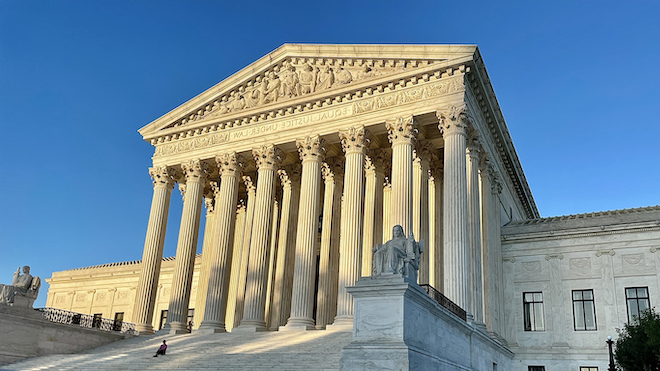
The Supreme Court on Thursday ruled against Harvard and UNC in a pair of cases that will effectively end the practice of race-based admissions to colleges and universities in the U.S.
What The Supreme Court’s Ban On Affirmative Action Means For Admissions
In late June, the Supreme Court ruled to strike down affirmative action—effectively ending the use of race-based affirmative action in college admissions.
The New York Times recently discussed what the new ruling means for college admissions and how it could upend the way students apply to college, and how they are judged.
GREATER EMPHASIS ON PERSONAL ESSAY
When the Supreme Court banned affirmative action from college admissions, Chief Justice John G. Roberts Jr. noted that students could highlight their racial or ethnic backgrounds in the college essay.
“Nothing in this opinion should be construed as prohibiting universities from considering an applicant’s discussion of how race affected his or her life, be it through discrimination, inspiration or otherwise,” Justice Roberts says.
Shannon Gundy, an admissions official at the University of Maryland, says the new ruling could fundamentally change the tone and subject manner of students’ essays.
“Right now, students write about their soccer practice; they write about their grandmother dying,” Gundy says in a recent presentation sponsored by the American Council on Education. “They don’t write about their trials and tribulations. They don’t write about the challenges that they’ve had to experience.”
LESS EMPHASIS ON SAT AND ACT
Since the COVID-19 pandemic, colleges have moved away from standardized testing in admissions. In fact, over 80% of four-year colleges won’t require standardized tests, such as the SAT and ACT, for fall 2023 admissions.
“An overwhelming majority of undergraduate admissions offices now make selection decisions without relying on ACT/SAT results,” FairTest Executive Director Harry Feder says. “These schools recognize that standardized test scores do not measure academic ‘merit.’ What they do assess quite accurately is family wealth, but that should not be the criteria for getting into college.”
Now—with the ban on affirmative action—colleges may drop testing requirements permanently as critics argue that the tests favor wealthier applicants. According to data released by the College Board, students from families in the highest economic bracket score 100 points better on the SAT than students in the lowest. In 2022, white students scored an average of 1098 while Black students scored an average of 926.
RISE OF ADVERSITY INDEXES
The new ruling could also place greater emphasis on a new measure of merit: adversity indexes. Following the court’s decision, President Biden advocated for adversity indexes, which measure the “adversity a student has overcome.”
“The kid who faced tougher challenges has demonstrated more grit, more determination, and that should be a factor,” Mr. Biden says.
Select schools have already begun considering a student’s background in their admissions process. At the University of California, Davis’ medical school, for instance, admissions officers evaluate candidates using a socioeconomic disadvantage index known as the “S.E.D.”
Sources: The New York Times, Economic Policy Institute, American Council on Education
Next Page: Why you shouldn’t take an unpaid internship.











Questions about this article? Email us or leave a comment below.